If the Big Bang created miniature black holes, where are they?
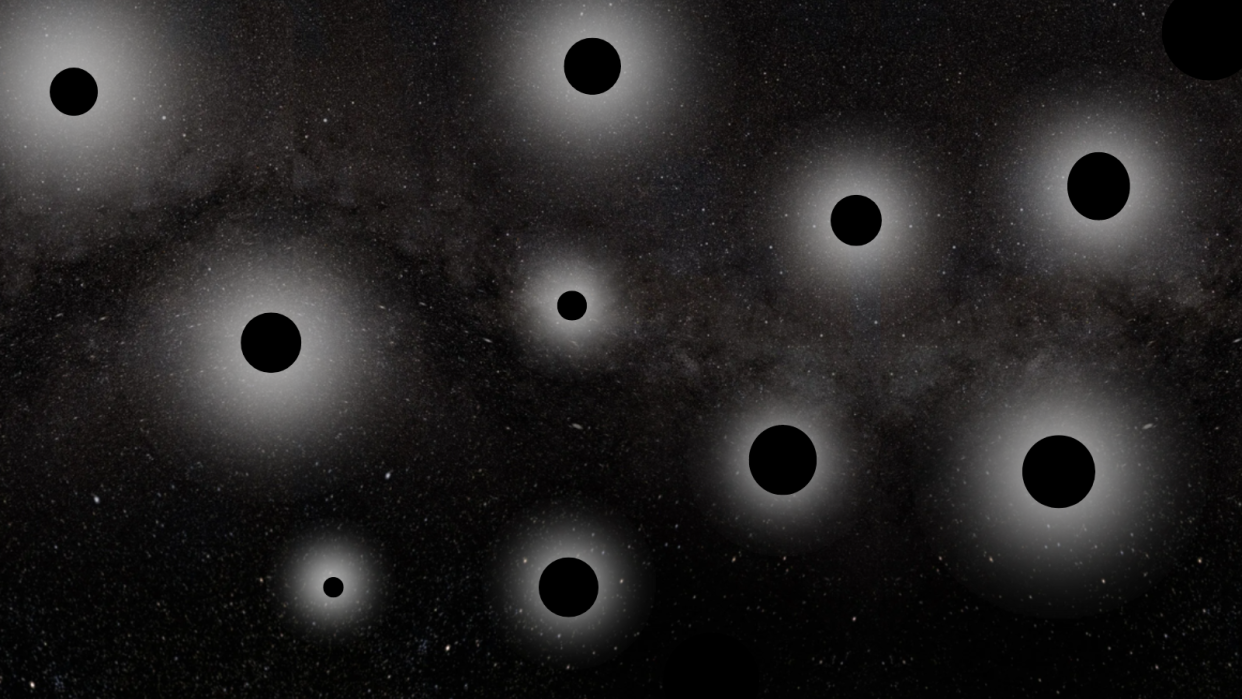
The hunt for missing, miniscule black holes left over from the Big Bang may be about to heat up.
Just as the trail for such diminutive black holes appeared to have gone cold, an international team of scientists has found clues in quantum physics that could reopen the case. One reason the hunt for these so-called primordial black holes is so pressing is that they've been suggested as possible candidates for dark matter.
Dark matter comprises 85% of the mass in the universe, but doesn't interact with light like everyday matter does. That's the matter made up of atoms that comprise stars, planets, moons and our bodies. Dark matter does interact with gravity, however, and this influence can affect "ordinary matter" and light. Perfect for cosmic detective work.
If Big Bang-induced black holes are indeed out there, they'd would be absolutely tiny — some could even be as small as a dime — and therefore possess masses equal to those of asteroids or planets. Still, like their larger counterparts, stellar-mass black holes, which can have masses 10s to 100s times that of the sun, and supermassive black holes, which can have masses millions or even billions times that of the sun, tiny black holes from the dawn of time would be bounded by a light-trapping surface called an "event horizon." The event horizon prevents black holes from emitting or reflecting light — making tiny primordial black holes a solid candidate for dark matter. They may be small enough to go unnoticed, but strong enough to impact space.
Related: Tiny black holes left over from the Big Bang may be prime dark matter suspects
The team of scientists — from the Research Center for the Early Universe (RESCEU) and Kavli Institute for the Physics and Mathematics of the Universe (Kavli IPMU, WPI) at the University of Tokyo — applied a theoretical framework combining classical field theory, Einstein's special relativity theory, and quantum mechanics to the early universe. The latter accounts for the behavior of particles like electrons and quarks and gives rise to what's called quantum field theory (QFT).
Applying QFT to the infant cosmos led the team to believe there are far fewer hypothetical primordial black holes in the universe than many models currently estimate. If this is the case, it may rule primordial black holes out as dark matter suspects altogether.
"We call them primordial black holes, and many researchers feel they are a strong candidate for dark matter, but there would need to be plenty of them to satisfy that theory," University of Tokyo graduate student Jason Kristiano said in a statement. "They are interesting for other reasons, too, as since the recent innovation of gravitational wave astronomy, there have been discoveries of binary black hole mergers, which can be explained if primordial black holes exist in large numbers.
"But despite these strong reasons for their expected abundance, we have not seen any directly, and now we have a model that should explain why this is the case."
Back to the Big Bang to hunt for primordial black holes
The most favored models of cosmology suggest the universe began around 13.8 billion years ago during an initial period of rapid inflation: the Big Bang.
After the first particles had emerged in the universe during this initial expansion, space eventually became cool enough to allow electrons and protons to bond and form the first atoms. That's when the element hydrogen was born. Additionally, before that cooling happened, light could not travel through the cosmos. That's because electrons endlessly scatter photons, which are particles of light. Thus, during these literal dark ages, the universe was essentially opaque.
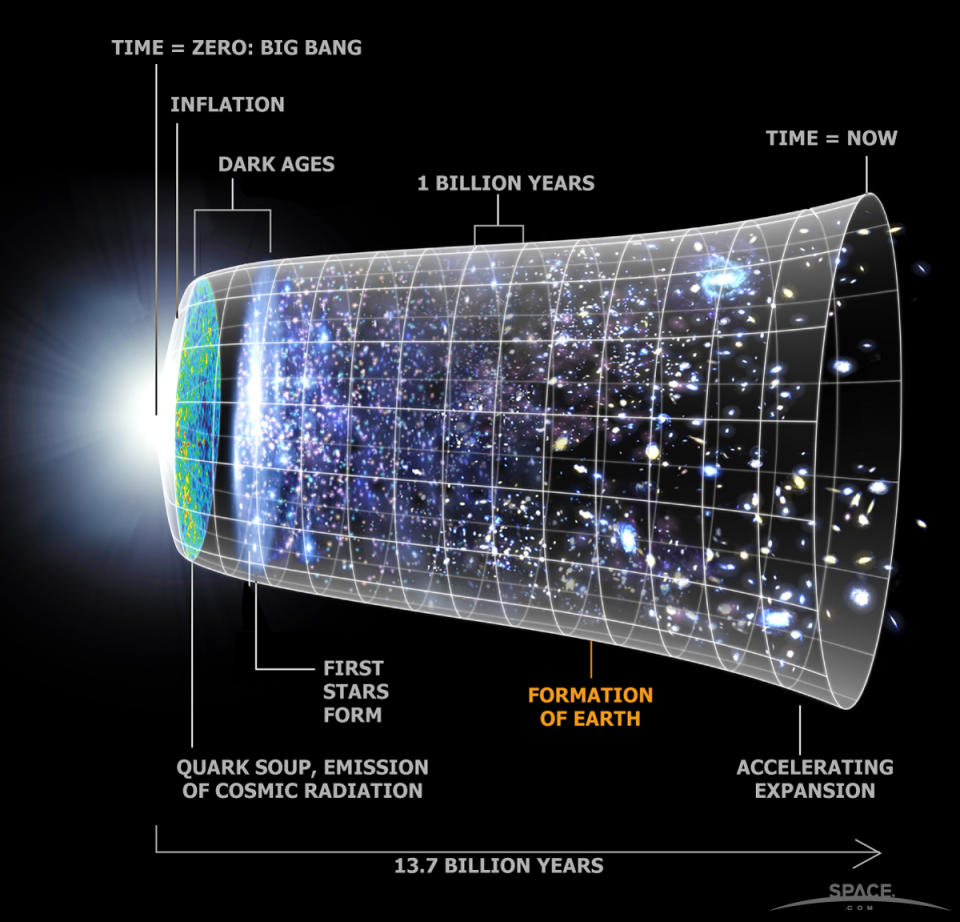
However, once free electrons were able to bond with protons and stop bouncing all over the place, light could finally travel freely. After this event, called the "last scattering," and during the following period known as "the epoch of reionization," the universe instantly became transparent to light.The first light that shone across the universe at this time can still be seen today as a mostly uniform field of radiation, a universal "fossil" called the "cosmic microwave background" or "CMB."
Meanwhile, the atoms of hydrogen created went on to form the first stars, the first galaxies and the first galaxy clusters. And, sure enough, some galaxies appeared to have more mass than their visible constituents can account for, with this excess attributed to none other than dark matter.
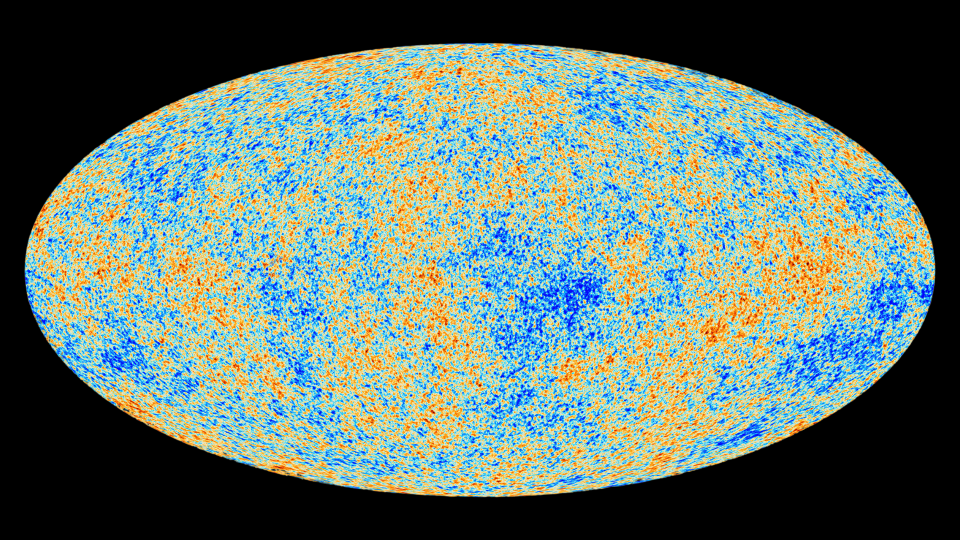
While stellar mass black holes form from the collapse and death of massive stars, and supermassive black holes grow from the successive mergers of smaller black holes, primordial black holes predate stars — so, they must have a unique origin.
Some scientists think conditions in the hot and dense early universe were such that smaller patches of matter could collapse under their own gravity to birth these minuscule black holes — with event horizons no wider than a dime, or perhaps even smaller than a proton, depending on their mass.
The team behind this research has previously looked at models of primordial black holes in the early universe, but these models have failed to align with observations of the CMB. To rectify this, the scientists applied corrections to the leading theory of primordial black hole formation. Corrections informed by QFT.
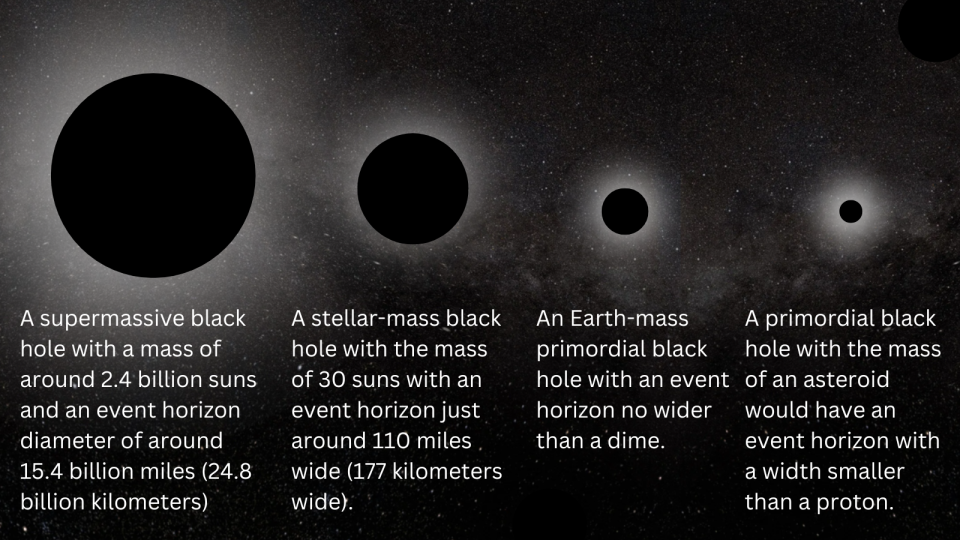
"At the beginning, the universe was incredibly small, much smaller than the size of a single atom. Cosmic inflation rapidly expanded that by 25 orders of magnitude," director of Kavli IPMU and RESCEU Jun’ichi Yokoyama said in the statement. "At that time, waves traveling through this tiny space could have had relatively large amplitudes but very short wavelengths."
The team found that these tiny but strong waves can undergo amplification to become much larger and longer waves that astronomers see in the present-day CMB. The team thinks this amplification is the result of coherence between the early short waves, which can be explained using QFT.
"While individual short waves would be relatively powerless, coherent groups would have the power to reshape waves much larger than themselves," Yokoyama said. "This is a rare instance of where a theory of something at one extreme scale seems to explain something at the opposite end of the scale."
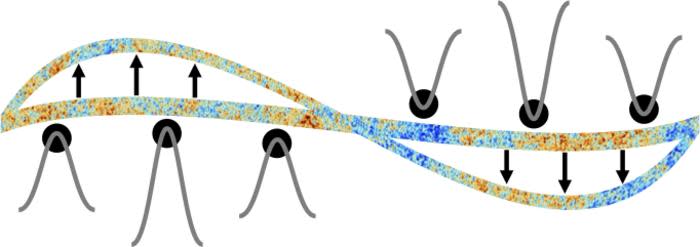
If the team's theory that early, small-scale fluctuations in the universe can grow and influence large-scale fluctuations in the CMB is correct, this will impact how structures grew in the cosmos. Measuring fluctuations of the CMB could help constrain the size of the original fluctuations in the early universe. That, in turn, places constraints on phenomena that rely on shorter fluctuations, such as primordial black holes.
"It is widely believed that the collapse of short but strong wavelengths in the early universe is what creates primordial black holes," said Kristiano. "Our study suggests there should be far fewer primordial black holes than would be needed if they are indeed a strong candidate for dark matter or gravitational wave events."
RELATED STORIES
— Dark matter detected dangling from the cosmic web for 1st time
— How the Large Hadron Collider's successor will hunt for the dark universe
— Massive galaxy with no dark matter is a cosmic puzzle
Primordial black holes are firmly hypothetical at the moment. That's because the light-trapping nature of stellar mass black holes makes even these vastly larger objects tricky to see, so just imagine how hard it'd be to spot a black hole with an event horizon the size of a dime.
The key to detecting primordial black holes may lie not in "traditional astronomy," but rather with the measurement of tiny ripples in spacetime called gravitational waves. While current gravitational wave detectors aren't sensitive enough to detect ripples in spacetime from clashing primordial black holes, future projects, such as the Laser Interferometer Space Antenna (LISA), which will take gravitational wave detection to space. This could help confirm or reject the team's theory, bringing scientists closer to confirming whether primordial black holes could account for dark matter.
The team's research was published on Wednesday (May 29) in the journal Physical Review Letters.
RELATED STORIES
— Dark matter detected dangling from the cosmic web for 1st time
— How the Large Hadron Collider's successor will hunt for the dark universe
— Massive galaxy with no dark matter is a cosmic puzzle
RELATED STORIES
— Dark matter detected dangling from the cosmic web for 1st time
— How the Large Hadron Collider's successor will hunt for the dark universe

